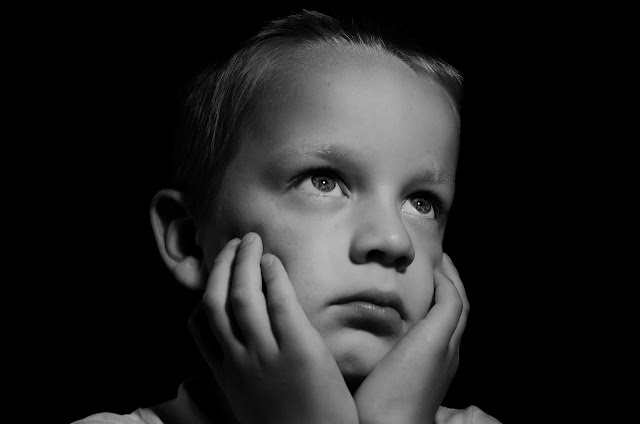The New York Times article on “6 Things Parents Should Know About Sending Kids Back To School” begins:
“Surely there are some kids who are eager for school to start, but I have not met them. My 9-year-old and 5-year-old daughters have little interest now in trading day trips to the beach and family movie nights for an unfamiliar classroom and nightly homework.”
So don’t make them.
Our culture treats schooling as if it’s inevitable. Like death and taxes, it’s a necessary evil. Even if we know kids don’t want to return to school–are dragging their heels or are downright obstinate–we laugh it off. Everyone knows school stinks. You just have to hold your nose and jump.
For many progressive reformers, dating back to the days of John Dewey, the key is just to make schooling gentler. Spruce it up a bit, make it more engaging and relevant, paint the classroom walls a prettier color. Then it will be ok. I don’t buy it. You can add curtains to the jail cells but it’s no less a prison.
I often have people say to me when I advocate for alternatives to school that we shouldn’t “throw the baby out with the bathwater.” There’s no need to do away with compulsory schooling, they say; we just need to reform what we’ve got. But progressive reformers have been trying this for decades with little impact, at least inside of the mass schooling monopoly. Not only have progressive reforms not worked, by most accounts mass schooling has become even more restrictive.
Within the context of a system of coercive schooling, created by 19th-century ideologues to bring order and compliance to the masses, there is no room for creativity, no palate for innovation. We need to look outside of standard schooling for education models that actually work. And we often need to look way outside for models that work and that retain children’s natural curiosity and exuberance for learning.
NorthStar, a self-directed learning center for teens in western Massachusetts, has a great motto: “Learning is Natural, School is Optional.” Schooling alternatives, like NorthStar, recognize that thinking out-of-the-box about education isn’t enough. You have to reject the box altogether and create an entirely new geometric shape. Schooling is the box. What does learning look like?
This process takes some imagination. Most of us have been schooled to believe that schooling is necessary, that learning is unpleasant, that all kids dread September and the daily confines of the classroom walls. That is Life, we are told. Suck it up. Because then someday you’ll have to be an Adult and spend your days in a job you hate with bosses you can’t stand in a confining, mind-numbing workplace that saps your soul. Get used to it.
We rarely question why. We rarely challenge the origins of mass schooling to cultivate such conformity, such hopelessness, such inevitability. It just is.
But it doesn’t have to be this way. Schooling is one mode of education, but it is not the only one. There are other ways to learn, to know, to be educated. There are real models of education–that look nothing like school–that are wildly successful in nurturing children’s learning and development. Unschooling, democratic schooling, self-directed learning centers are just a few of the educational possibilities that reject the schooling box and create something entirely new.
As back-to-school time approaches and articles swarm on how to make the transition to September easier and more successful, maybe it’s worth pausing to ask: If something is so unpleasant for so many of us, why are we doing it?



